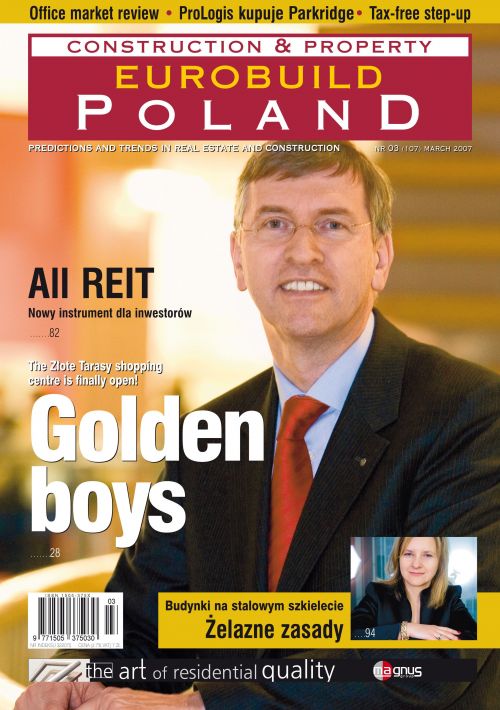A standard canteen or cafeteria is no longer good enough for the owners and managers of office buildings. The pressure from the competition and increasingly demanding tenants is leading them to open elegant restaurants, fitted like exclusive eateries, in their premisesThe time has long passed when staff restaurants were just a place to have a meal. Today they are often the setting for business meetings or the social activities of employees.Tomasz Kurdziel, Impel Catering’s director for buffets and restaurants, believes that: “This sets a restaurant operator additional tasks, that is the need to ensure a suitable interior décor and layout to avoid any possibility of being mistaken for a typical workers’ canteen.”Maciej Skórski, Sodexho Polska development’s director, adds that: “This new image of a staff restaurant reflects current market trends and also concerns such things as branding, signing, colour patterns, wall prints, uniforms and – fir





























































